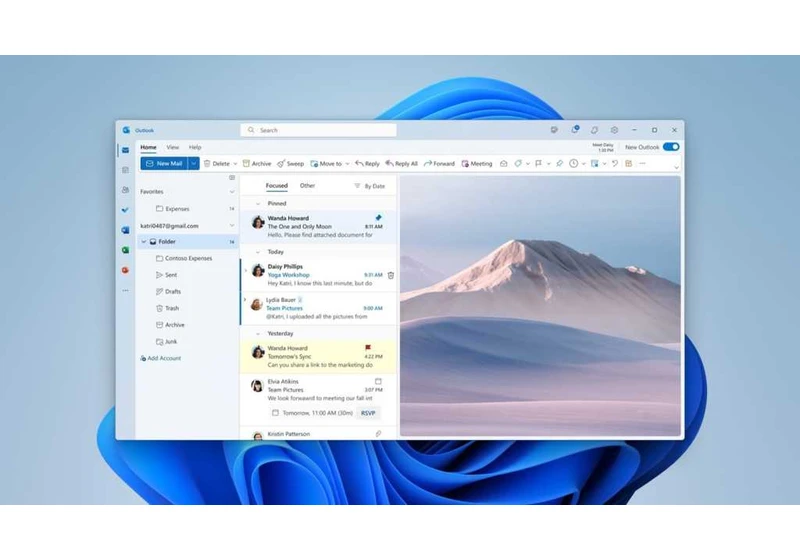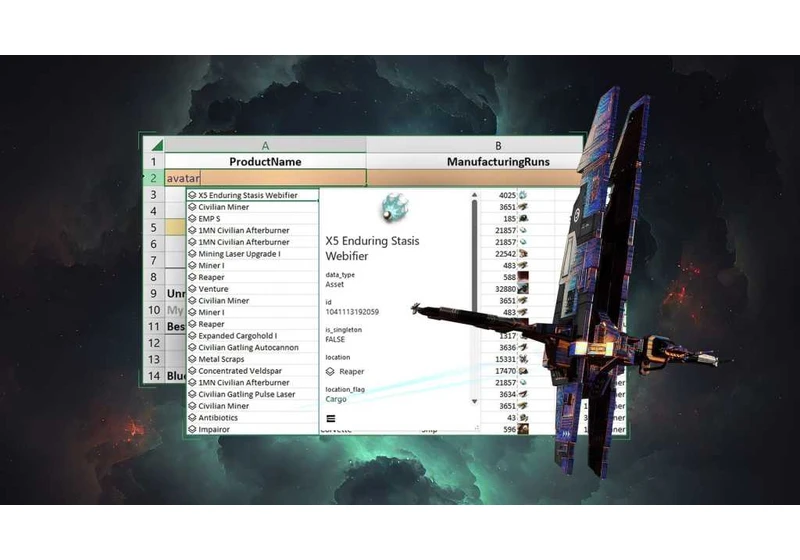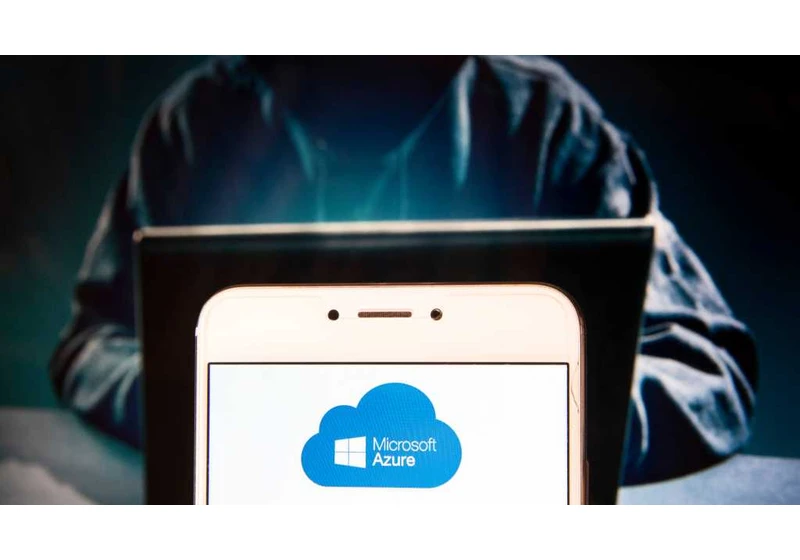
 At a glance
At a glanceExpert's Rating

If you’ve dropped a pretty penny on a gaming-grade Wi-Fi router from Asus (or just one of its more expensive models), you need to update the firmware right away. That’s according to a security bulletin from Asus itself, which says that older firmware contains critical vulnerabilities. Routers from the Republic of Gamers GT and GS series, the cheaper TUF a


Microsoft already revealed that it’s working on a new version of Outlook for Windows. In fact, Office Insiders can already test the next-generation version by selecting “Try the new Outlook” in the top right corner of the prog

Xbox controllers aren’t just for the Xbox anymore—controllers designed for Microsoft’s game console work just as well on Windows, and most games will understand the control layout automatically. But which one should you get? There are a plethora of third-party options, of course, but Microsoft has also expanded its lineup of controllers to run the g

EVE Online, known as the most robust player-driven persistent online world in gaming (by people who actually play it) and “that space game with all the spreadsheets” (by people who don’t), is getting a new tool for players today. But it’s not new worlds to explore or rebalanced ship stats, it’s integration with the very real Mic

Of all the PC components, few require more care and attention than a hard drive. We’ve all heard the admonishments to defragment drives, and clean up junk files to keep all our 1s and 0s sparkling. No matter how well you care for it, however, at some point that drive is going to fail. Sometimes you can hear it coming, sometimes it happens suddenly in the middle

No disrespect to the Microsoft Store, but it’s not the most exciting place to discover new Windows software.
Peruse Microsoft’s official app store and you’ll mostly find the obvious, with apps like Word, Adobe Photoshop, and Zoom gracing the front pages. While the store does have some hidden gems, most of what’s on display feels a bi


Microsoft has confirmed that the service outages for Outlook, OneDrive, and other Microsoft 365 services on June 5 were caused by a malicious attack. Hackers flooded Microsoft’s servers with denial-of-service (DDoS) attacks and brought them to their overload limit. The traffic sent to the servers increased so massively due to the DDOS attacks that they could no



